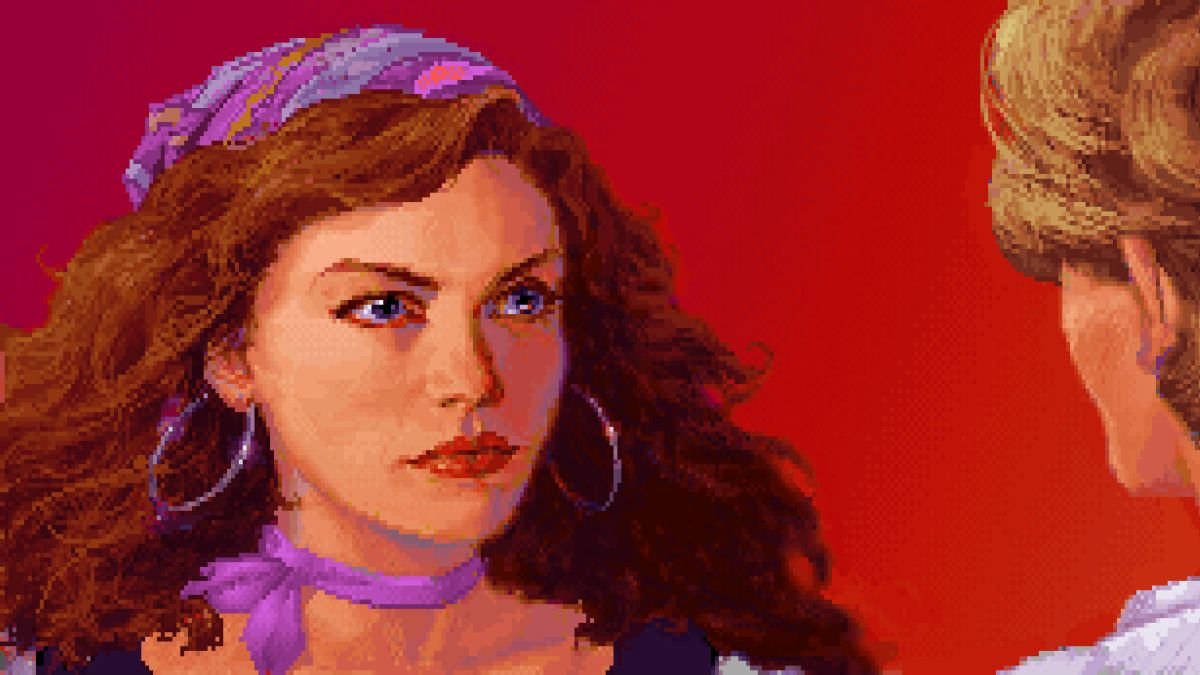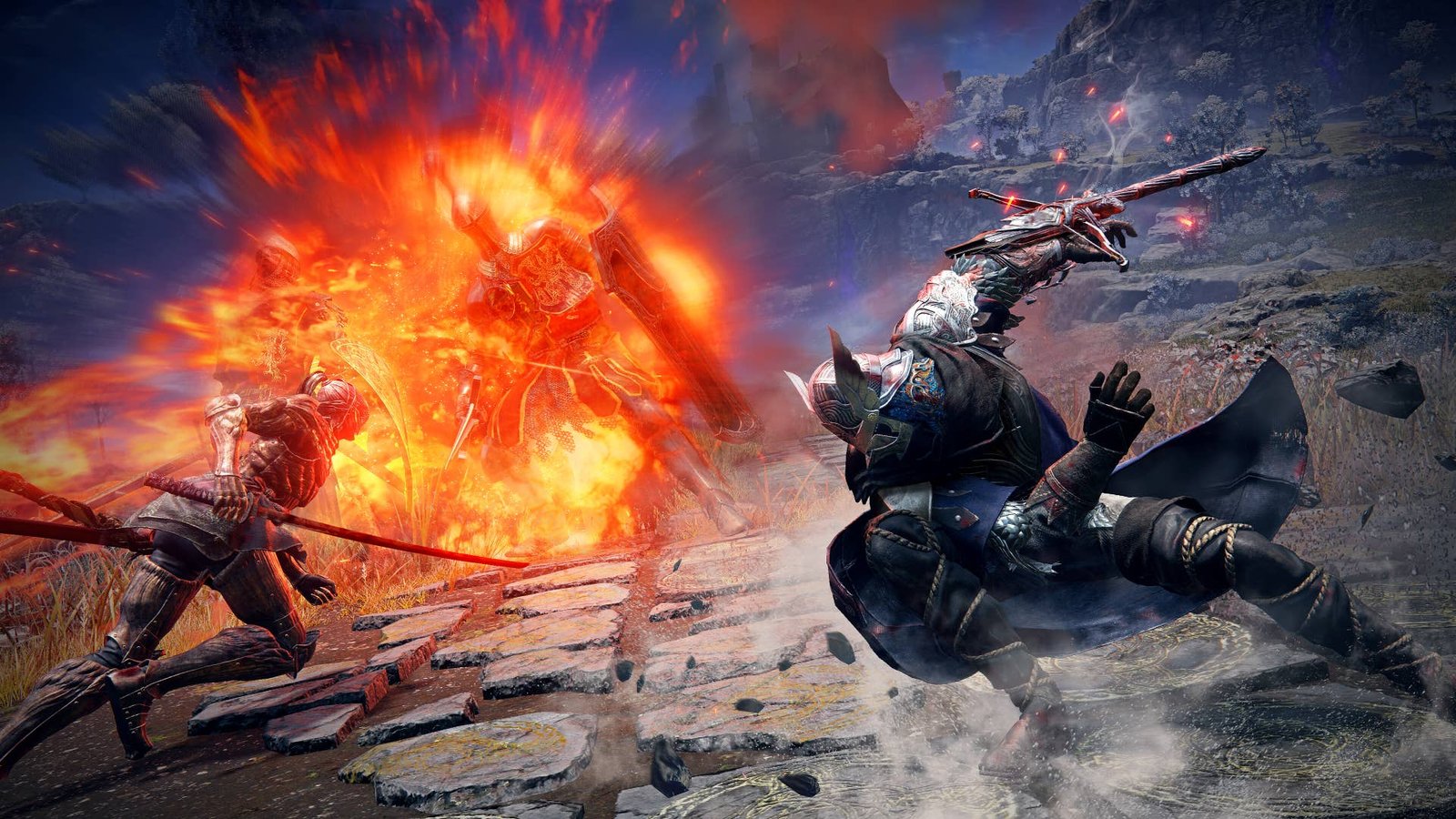Killers of the Flower Moon Review
Estimated reading time: 7 minutes
Killers of the Flower Moon is now playing in theaters, and will stream on Apple TV+ at a later date. This review originally ran following the 2023 Cannes Film Festival.
Killers of the Flower Moon is as brutal as they come. It spans dozens of murders over several years, across a herculean 206 minutes that allow you to dwell on its brutality in a way few movies ever do. Martin Scorsese and screenwriter Eric Roth take the many details of David Grann’s journalistic non-fiction novel and adapt them into textures and background tapestries, while keeping the focus squarely on a toxic love story set against a chilling vision of Native American genocide.
Scorsese’s two most prominent on-screen collaborators, Robert De Niro and Leonardo DiCaprio, are finally united in one of his films, lending it infinite star power. However, the real revelation here is Lily Gladstone as the wealthy Osage tribeswoman Mollie Burkhart, who falls in love with DiCaprio’s chauffeur character, but soon begins to see her family and culture slowly die in front of her. Gladstone turns in a stunning performance that starts out as sweet and powerfully self-assured – but that aura soon slips away as if the life were gradually being drained from her body, and from her eyes.
Killers of the Flower Moon is about a string of murders in Oklahoma in the 1920s whose victims were all part of (or connected to) an oil-rich Native community – one whose wealth was placed under white “guardians” by the U.S. government – but the murders were barely investigated at first. Where it most differs, however, is that in the book Grann held all the cards close to his chest, revealing the bumbling (but downright inhumane) culprits and their methods only gradually, once the newly formed Bureau of Investigation (the precursor to the FBI) began putting the pieces together. Scorsese and Roth, on the other hand, depict these specifics pretty much from the outset, making the sprawling conspiracy feel shockingly out in the open. According to Grann’s book, it was said that many white men of the time didn’t consider killing a Native American to be murder, but rather animal cruelty. All that’s left for Bureau detective Tom White (Jesse Plemmons) to do, when he shows up late into the story, is to elicit confessions for what everyone already seems to know.
It’s a murder mystery told from the murderers’ point of view.
It’s a murder mystery told from the murderers’ point of view, packing a nauseating emotional punch thanks to how brazen its conspirators can be about killing a people they deem beneath them – for financial gain, no less – given how much power and political influence is on their side. In this way, Killers of the Flower Moon functions as an extension of (and a focused metaphor for) one of America’s original sins: the mistreatment of its Native populations across the centuries, and the casual carnage wrought upon them with little consequence.
However, its Osage characters aren’t rendered as mere sympathetic victims. They are, in terms of screen time, secondary only to DiCaprio and DeNiro’s quietly vicious characters, who hide behind their friendship to the Osage. DiCaprio plays Ernest, the enthusiastic lackey whose charm becomes buried beneath complicity, while DeNiro plays his seemingly benevolent uncle, the scheming cattleman and business magnate William Hale, who audaciously refers to himself as “The King of the Osage Hills.” But the perspective of the Osage tribe is central to Killers of the Flower Moon’s success. The script was heavily re-written with Osage input – and it shows – so in addition to the brutality enacted upon them, this story is just as much about their culture, from their rituals and beliefs surrounding birth, death and marriage, to the ways they move through the world. There are enough fully-formed Osage characters that everything from reverence for tradition and tribal meetings to gossip and flirtatiousness is on full display. It gives us a vivid and deeply human sense of what (and who) was lost.
Although it’s set in the 1920s, Killers of the Flower Moon functions as a self-reflexive Western, from Rodrigo Prieto’s gorgeous landscape cinematography, to Robbie Robertson constant musical reminders of the genre at every turn. The conspiracy’s many perpetrators are framed within the conventions of the classic Western, as well as the classic mob movie; they’re black-hatted outlaws and untouchable gangsters scheming in code (but again: shamelessly in the open). Where until very recently Hollywood had so frequently and pervasively seen Native “savages” victimize innocent white characters, the tables are turned here; Scorsese expertly folds real and cinematic histories together, exposing one while subverting the other.
What especially keeps Killers of the Flower Moon interesting, despite its epic length, is its breakneck momentum.
What especially keeps Killers of the Flower Moon interesting despite its epic length is its breakneck momentum, whether through Scorsese’s fluid camera movements, editor Thelma Schoonmaker’s propulsive cuts, or an expert combination of the two. The subject matter may be somber, but this is a Scorsese movie through and through, with a litany of minor parts played by instantly recognizable actors (like Brendan Fraser and John Lithgow) and scenes of snappy dialogue that make each bit of planning and plotting feel like something out of Goodfellas. It’s disarmingly fun, but it also knows exactly how and when to yank you out of comfortable and familiar modes of movie-watching, with stark reminders of the viciousness and bloodthirst lurking just outside the frame (and often inside it, too).
The lengthy runtime has the advantage of making something heavy settle in the pit of your stomach for extended periods, not unlike the last hour of Scorsese’s The Irishman, in which learning the details of a secret murder plot becomes stressful and harrowing. Only this time, the plan is visible for almost everyone to see – every white character, at least, and the camera is complicit, too – making it even more dread-inducing. It becomes all the more depressing given the ease with which violence is perpetrated against the Osage, even within the confines of supposedly just systems, which seem unlikely to convict white men of these crimes to begin with.
And yet, perhaps its most riveting scenes are those focused on the genuine love story between Mollie and Ernest, in all its euphoria and all its difficulties, filtering the broken trust between America’s Natives and its colonizers down to a domestic dynamic. It’s a multi-faceted relationship with a glowing, realistic allure. But given the troubling circumstances (and Ernest’s connections to unsavory actors), nearly everything about this central romance is called into question. The brutality of violent bloodshed can be just as painful as the brutality of doubt, as both Mollie and the audience are led to wonder how genuine a man like Ernest is capable of being. Can he be trusted, let alone redeemed, when his actions so directly fall under what political thinker Hannah Arendt called “the banality of evil,” referring to the thoughtlessly routine way Nazi officers obediently and uncritically carried out their duties?
Since the perpetrators are known to the audience, Killers of the Flower Moon instead allows the questions of Ernest’s morality and complicity to become its central mystery through Mollie’s eyes, ultimately coming to a firm conclusion, in the form of an emotionally nauseating payoff. This focus on the weight of Ernest’s actions, and the question of his own awareness of them, guides the movie’s rhythms and keeps us tethered to its emotional uncertainties, even when it feels bold and self-assured in its cinematic pleasures. But while this allows for a conclusive plot, it doesn’t afford us a true sense of emotional closure, a choice Scorsese makes and then emphasizes in a mischievously meta-textual way, all but owning up to the fact that the violence seen on screen here still has long-lasting implications today.
Like the lives of its Native characters, even the most energetic scenes in Killers of the Flower Moon come with numerous caveats, as death lurks not around every corner, but on the Main Street of every American town. It wears a friendly and familiar smile.









